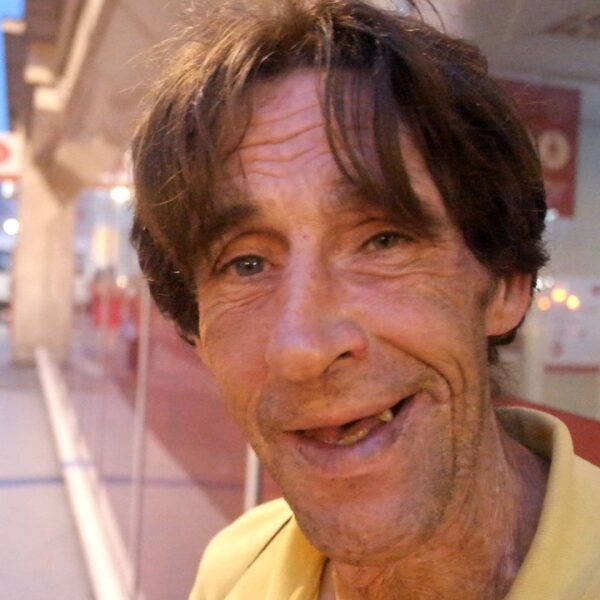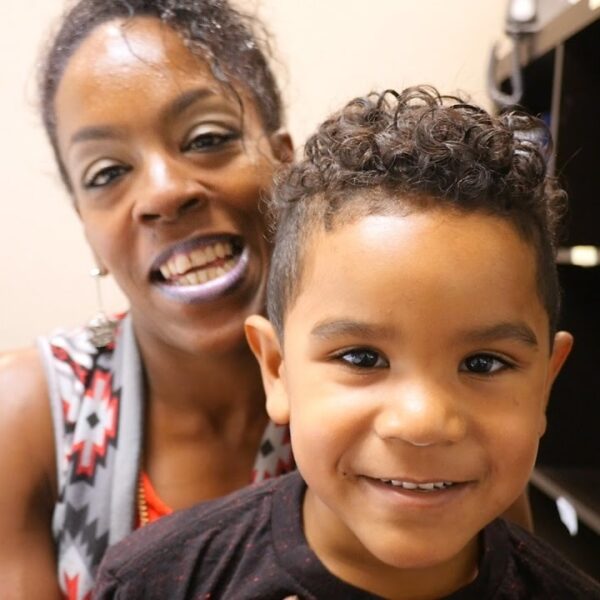As more cities invest in tiny homes to move people out of homelessness, some are questioning their safety after a fire destroyed units that manufacturers acknowledge contained highly flammable material.
The mayor of Redlands, California, said he plans to recommend the city council contract with a different shelter manufacturer, based in part on concerns about a fire that destroyed the nearby city of Banning’s inaugural tiny home village last December.
The Banning homes, made by the Everett, Wash.,-based Pallet Shelter, contained High-density polyethylene, a thermoplastic that company officials have since replaced with fiberglass-reinforced plastic. The company’s business development director, Patrick Diller, told Banning City Manager Adam Rush in an email that the new FRP material “we believe is much more fire-resistant.”
But Diller also said flammability had nothing to do with the change. He told Rush the company made the change “due to physical properties (bowing) of the material that we were using (HDPE).”
Pallet Shelter founder Amy King reiterated that in an interview.
“It’s more durable and stands up better with sun exposure,” King said of FRP. “It has nothing to do with flammability and everything to do with the panel itself being equally weighted on both sides.”
King said she doesn’t know why Diller mentioned flammability in his email to Rush.
“It’s not a concern for us, and fire departments across the country have signed off on this for intended use,” King said. “It’s not a safety issue by any stretch.”
The safety and longevity of so-called tiny homes have long been controversial. However, King said her company is dedicated to safety and helping to end homelessness. The company has two products:
- A 64-square-foot home described on the company’s website as “designed for people facing homelessness and natural disasters” and “a stepping stone out of crisis and into stability.”
- A 100-square-foot shelter “is more spacious for individuals or families facing homelessness or natural disasters.”
Banning has yet to rebuild its village after the Dec. 27 fire. City Manager Doug Schulze said the city plans to use Pallet Shelter homes again but with “a little bit different configuration.”
“We will be placing them further apart in more of a circular pattern rather than in a row so they’ll be less likely to spread if one catches on fire,” Schulze said.
Schulze said insurance would pay for the replacements. He also said the new village would have better supervision because the fire started when a resident left a hot plate unattended, and a blanket or towel fell on it.
“A lot of the residents had a lot of materials inside the units that were flammable, so that continued to accelerate the problem,” Schulze said.
He also said high winds helped spread the fire to other structures, though weather reports say the wind that day didn’t exceed 4 mph. He said city officials have considered providers other than Pallet Shelter, “but we really haven’t found anything that is comparable in cost and is not a large congregate shelter.”
Redlands Mayor Paul Barich said he would recommend his city buy tiny homes through the SafeHuts company. Run by Newport Beach, Calif., City Councilman Marshall “Duffy” Duffield, these are made from fiberglass and “virtually almost impossible to burn them down,” Barich said. “Homeless people are in peril anyway. We don’t want to put them in additional peril.”
In an email, Duffield said SafeHuts uses “flame resistant fiberglass to protect our most vulnerable residents from fire.”
King takes issue with any contention that the HDPE inside the homes exacerbated the Banning fire. An earlier wildfire in Sonoma County burned a few units, too, after embers from trees fell on roofs. But that type of fire would happen to a regular home, too, she said.
King and Duffield are part of a growing sect of entrepreneurs looking to work with municipal governments grappling with the nation’s homeless crisis. King and her husband are home builders who own Square Peg Construction. They said in an interview that the company employs people “exiting the criminal justice system, addiction, recovery, and homelessness.”
“What we heard over and over again is that what was missing was dignified shelter. Our people told us they often didn’t want to go to congregate shelters because it wasn’t dignified for them and that they couldn’t take their things. They couldn’t stay with their partner, they couldn’t take their pet. They were afraid of the other people present there who might steal their things,” King said. “So we started problem-solving. How can we give that dignity of personal space but still create an effective solution that allows for service providers to provide the services that are needed?”
Duffield is a businessman and politician who invented the Duffy electric boat. He started SafeHuts last year, noting that “the transition to brick-and-mortar permanent supportive housing will take years to build.”
“SafeHuts™ provides bridge housing for your most vulnerable population at a reasonable cost. Your community will be prepared to manage short-term housing issues for homeless individuals,” according to the website.
SafeHuts’ tiny homes are manufactured at Duffy Electric Boat Company, Inc.’s headquarters in Adelanto. It’s essentially a rival company to Pallet Shelter, which has secured more prominent contracts with the City of Los Angeles and the City of Riverside.
As more cities turn to the small shelters, some are questioning the effectiveness and cost.
In December, a Los Angeles Times article said the city paid $130,000 for each of its tiny homes. The newspaper said Pallet Shelter only charged about $8,600 each. However, the city’s development of the village and the infrastructure for the homes drove up costs. SafeHuts charges $9,995 for a 60-square-foot unit.
Los Angeles uses Pallet Shelter products for its Alexandria Park tiny homes village in North Hollywood, which opened in April. Though the city bought the homes before the Banning fire, King said the L.A. structures contain the new FRP material, not the more flammable HDPE.
“We became aware of that before we started selling to L.A.,” King said.
Asked about the safety of the homes during a recent press conference, Garcetti said the city had reviewed the safety of the shelters “very extensively.”
“In fact, folks wanted to build them much more densely, but fire inspectors insisted on the space between them,” Garcetti said. “We’ve done a lot of extensive work to make sure that they’re going to be safe and that they are spaced out from each other.”













